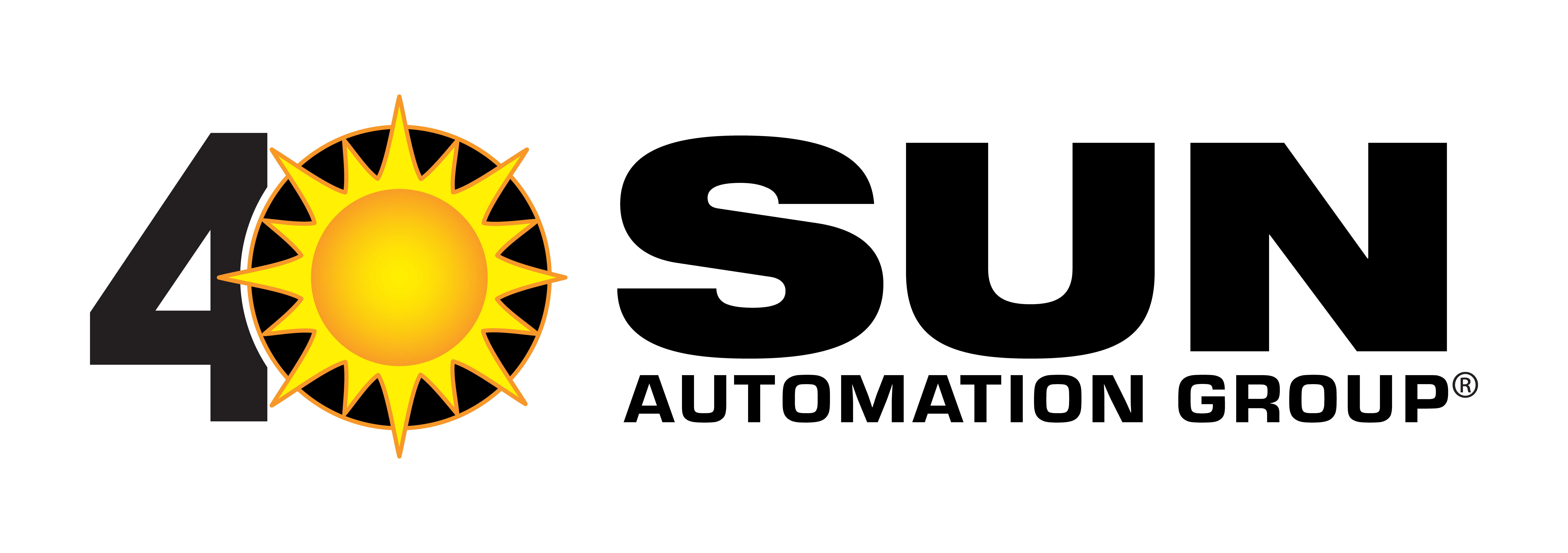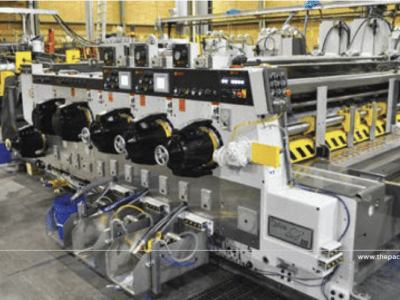One of the most common financial challenges that box plants face is the cost of new equipment. Even after an unprecedented period of demand around shipping and packaging due to the COVID-19 pandemic, the financial uncertainty is still looming and that can make investing in new equipment an unwelcome expense. However, the other side of the coin is the ongoing expenses associated with aging machinery. To avoid new capital equipment spending, many corrugated facilities are using machines that are decades old. As parts wear out and technologies, controls, electrical, and mechanical components become obsolete, the risk of continuing to rely on aging equipment poses a different threat: catastrophic failure that can suddenly and unexpectedly halt production and destroy margins. But there is a middle option that splits the difference: rebuilds and retrofits. Rather than scrapping the existing machine and buying a new one for millions of dollars, or wishing for decades-old equipment to hold out beyond its expiration, swapping out the parts that are damaged and deteriorating with normal use can be done so at a fraction of the cost of buying new. Rebuilding and retrofitting equipment is akin to replacing old wiring or copper pipes in your home instead of tearing the whole house down and rebuilding it. Similarly, upgrading parts and components can extend the life of your machines and even improve your output and margins. Best of all, when done correctly, this can inspire confidence in the quality of your production and the reliability of the existing equipment for years to come. When looking to optimize your equipment for greater productivity and efficiency, there are several common opportunities whereby retrofits and rebuilds can make a big impact:
Controls
While all of the mechanical equipment may be in good working order, there is nothing that becomes obsolete more quickly than a computer control system. Even a machine that is only 10 years old may have some serious challenges with the age and usability of its controls. One upgrade option is SUN’s SunSet controls which offer a touch screen interface for quick and easy machine setup. Plus, crucially, it stores all of the old information from the previous controls, meaning it can seamlessly continue to run repeat jobs. With the simplicity of the new controls, more orders can be processed per shift, reducing setup time and waste while maximizing margins. Best of all, no custom hardware is required.
Lead Edge Feeders
A reliable feeder is a key factor in accuracy and registration, particularly at high speeds. Aging machines often have more frequent jams and need increasing amounts of oversight to keep them running smoothly. It is easy to assume that frequent jams mean that a machine is on its last legs, but a new feeder can retrofit to the existing machine and change the output game instantly. Improving precision and feed accuracy, offering optimal control and a simple user interface, this is a simple and cost-effective solution to keep older machines running smoothly.
Anvil Trimmers
Anvil trimmers are a crucial component of successful machines. Equipment that still uses older anvil trimmers often lack the necessary precision and consistency of modern trimmers. That’s why SUN engineered its Microgrind Die Cut Accuracy System. Anvil trimmers are often available to retrofit on most global manufacturer models, and SUN’s particular system uses a tungsten carbide grinding roll to grind the anvil flat and true, allowing the surface to be treated in micro-amounts automatically with grinding precision every 10,000 impressions without the need for operator intervention. Overall, there are a number of ways to enhance the life of existing equipment. In addition to the abovementioned, users can also add a more efficient and modern vacuum transfer system, upgrade register devices and increase print quality with dwell units.
Machine Rebuilds
In some instances though, corrugated plants may wish to completely rebuild their favorite workhorse machines to get them back to OEM specifications. Whether the rebuild is in-field or in-house, a tune-up or a full-scale rebuild, programs are available that fit various budgets and converting needs. Our customers have seen significant returns on the reNEW® of Langston®, Saturn, United, Ward, Koppers, Staley and Titan machinery among others. Rebuilds and retrofits will not replace the need of ever buying a new machine again but it’s certainly a good place to start. Before investing countless hours and money, speak to your vendors and have your current equipment evaluated. Sometimes the swap of a control system or simple tune-up can make all the difference.
Mark Peyton is the Director of Aftermarket at SUN Automation Group. He brings decades of industry experience and expertise to SUN where he has held many customer-focused positions. Prior to his 20-year career with SUN, he worked from Langston and United. He can be reached at mpeyton@sunautomation.com or 410-472-2900
Originally published in Corrugated Today, May/June 2021 Issue


 Release Notes: Tiger Artemis Sprint 4
Release Notes: Tiger Artemis Sprint 4